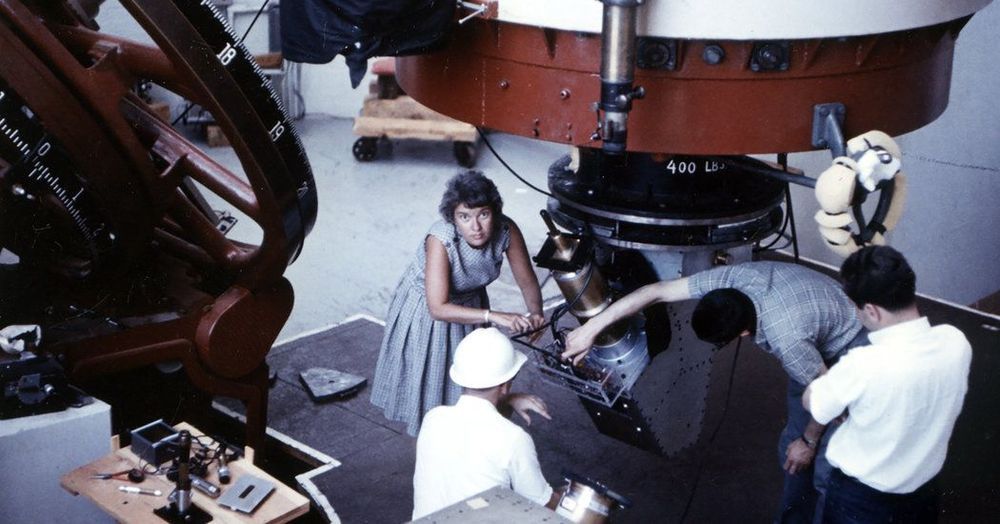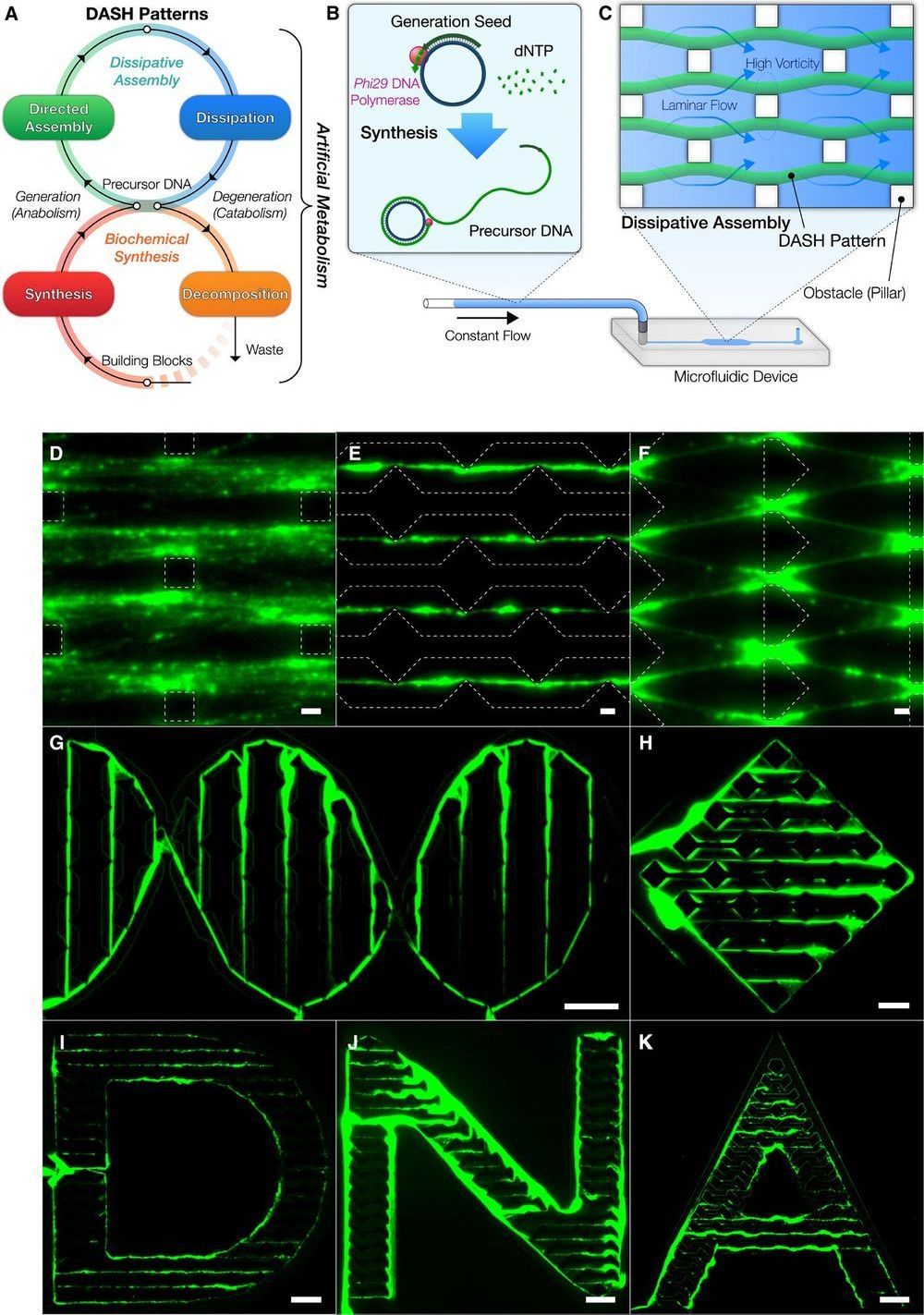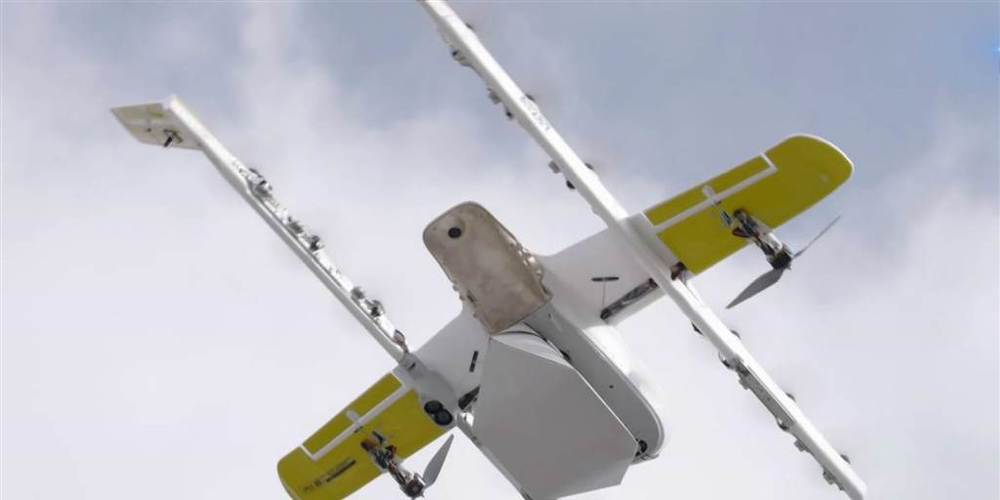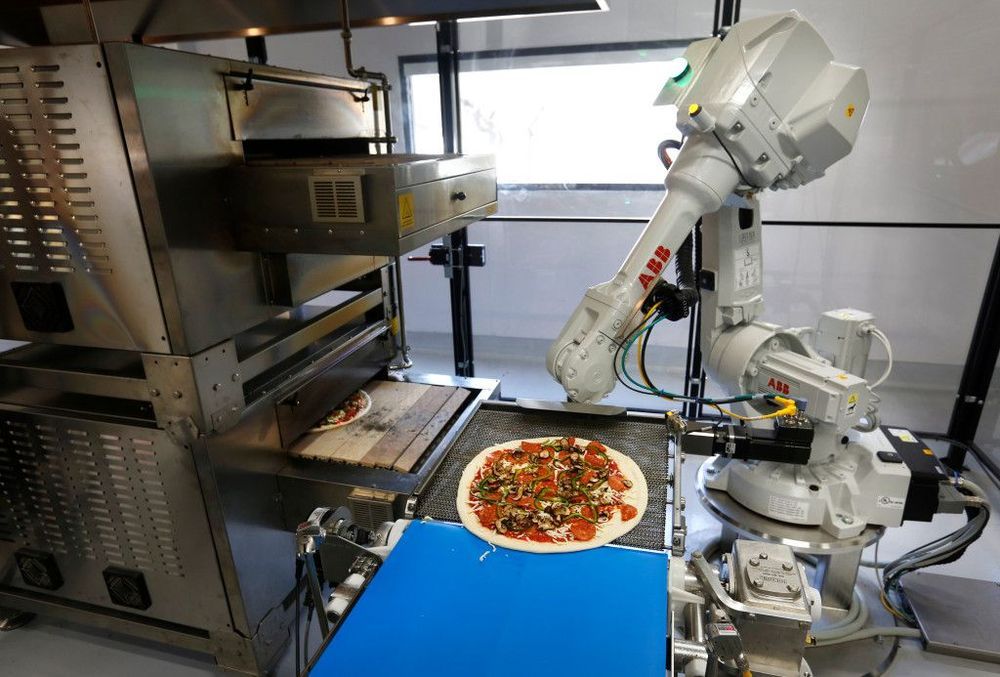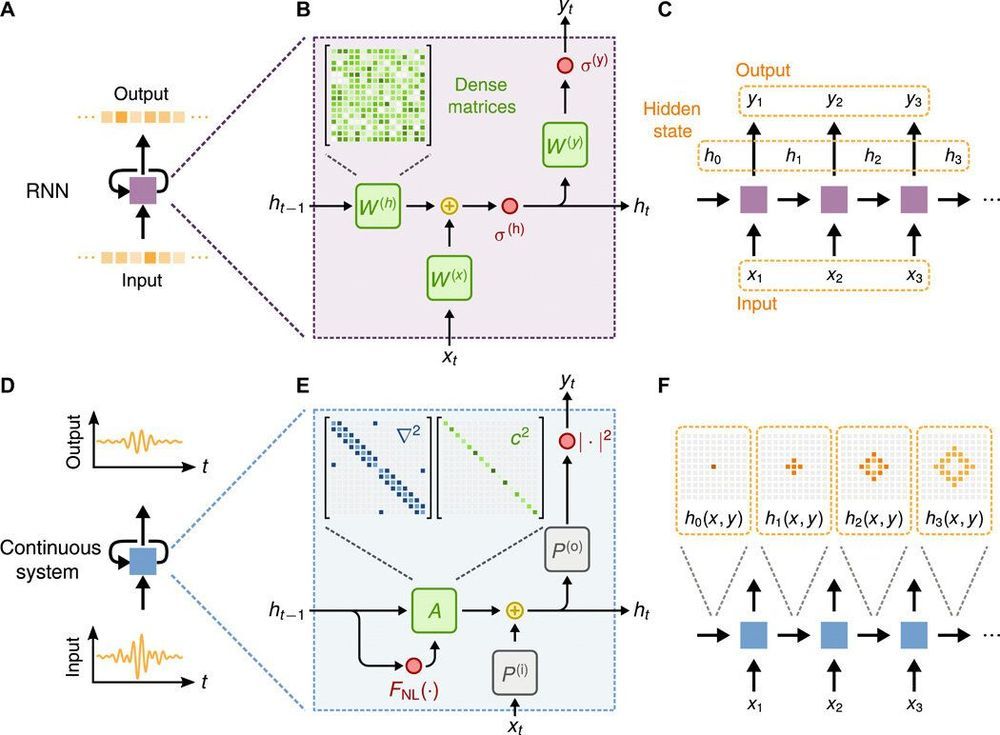The astronomer missed her Nobel Prize. But she now has a whole new observatory to her name.
Page 7439
Jan 11, 2020
Dynamic DNA material with emergent locomotion behavior powered by artificial metabolism
Posted by Mike Diverde in categories: bioengineering, biotech/medical, genetics, nanotechnology, quantum physics, robotics/AI
Interesting research paper on a new nanobot technology. I’m watching for ways in which suitable substrates for mind uploading can be constructed, and DNA self-guided assembly has potential.
Here are some excerpts and a weblink to the paper:
“…Chemical approaches have opened synthetic routes to build dynamic materials from scratch using chemical reactions, ultimately allowing flexibility in design…”
Jan 11, 2020
Air Travel Cyber-Attacks: New York Airport Hit, Travelex Exchange Held To Ransom
Posted by Quinn Sena in categories: cybercrime/malcode, transportation
Cyber-attackers have ramped up their campaigns against the travel industry and those who use it.
Jan 11, 2020
Insulin made from egg yolk promises cheaper treatment for diabetics
Posted by Genevieve Klien in categories: bioengineering, biotech/medical, health, neuroscience
The insulin pumps diabetics currently rely on do a great job of delivering the hormone as needed, but need regular replacing due to what are known as fibrils. These form over a day or two as insulin compounds accumulate into clumps and create the risk of blockages, but scientists in Australia have engineered what they say is a safer alternative, with egg yolks serving as their starting point.
The formation of fibrils means that diabetics need to replace their insulin pumps every 24 to 72 hours to avoid the risk of dangerous blockages, which bring with them a risk of life-threatening under-dosing. Beyond the dangers to the patient’s well-being, the need to regularly replace the pump increases the workload needed to manage their disease and means that portions of the medicine often go to waste.
So, there is considerable interest in developing synthetic insulin that doesn’t behave in this way. Researchers at Melbourne’s Florey Institute of Neuroscience and Mental Health approached this problem through a new technique it developed with scientists in Japan, whereby the insulin is engineered from egg yolks to allow for greater freedom over the final design.
Jan 11, 2020
Google launches Wing drone delivery service in small Virginia town
Posted by Genevieve Klien in category: drones
Wing, a sister company of Google, is the only approved drone delivery service in the country and is in a test phase before getting FAA approval to expand. For now, ten pound drones deliver small packages in a 12 mile radius from Walgreens, FedEx, and a local store. Oct. 18, 2019.
Jan 11, 2020
Scientists find missing protein in brain that causes autism
Posted by Quinn Sena in category: neuroscience
Scientists have discovered that when an essential key protein needed to generate novel brain cells during pregnancy and early childhood days of the offspring is missing, which makes the brain goes haywire. This particular deprivation causes an imbalance in brain’s circuitry can lead to long-term cognitive and movement behaviours characteristic of autism spectrum disorder.” During brain development, there is a coordinated series of events that have to occur at the right time and the right place in order to establish the appropriate number of cells with the right connections,” said Juan Pablo Zanin, Rutgers-Newark research associate, and lead author.” Each of these steps is carefully regulated and if any of these steps are not regulated correctly, this can impact behaviour.
Jan 11, 2020
Zume Pizza closes down, cuts 172 jobs in Mountain View
Posted by Brent Ellman in categories: business, employment, robotics/AI
Zume Pizza, the Mountain View company that used robots to make its pizzas, has made its last delivery.
In filings with the state Employment Development Department, Zume said it is cutting 172 jobs in Mountain View, and eliminating another 80 jobs at its facility in San Francisco. Zume Chief Executive Alex Garden made the annoucement about Zume in an email to company employees on Wednesday.
“With admiration and sadness, we are closing Zume Pizza today,” Garden said in his email “Over the last four years this business has been our invention test bed and has been our inspiration for many of the growth businesses we have at Zume today.”
Jan 11, 2020
Wave physics as an analog recurrent neural network
Posted by Paul Battista in categories: engineering, mapping, physics, robotics/AI
Analog machine learning hardware offers a promising alternative to digital counterparts as a more energy efficient and faster platform. Wave physics based on acoustics and optics is a natural candidate to build analog processors for time-varying signals. In a new report on Science Advances Tyler W. Hughes and a research team in the departments of Applied Physics and Electrical Engineering at Stanford University, California, identified mapping between the dynamics of wave physics and computation in recurrent neural networks.
The map indicated the possibility of training physical wave systems to learn complex features in temporal data using standard training techniques used for neural networks. As proof of principle, they demonstrated an inverse-designed, inhomogeneous medium to perform English vowel classification based on raw audio signals as their waveforms scattered and propagated through it. The scientists achieved performance comparable to a standard digital implementation of a recurrent neural network. The findings will pave the way for a new class of analog machine learning platforms for fast and efficient information processing within its native domain.
The recurrent neural network (RNN) is an important machine learning model widely used to perform tasks including natural language processing and time series prediction. The team trained wave-based physical systems to function as an RNN and passively process signals and information in their native domain without analog-to-digital conversion. The work resulted in a substantial gain in speed and reduced power consumption. In the present framework, instead of implementing circuits to deliberately route signals back to the input, the recurrence relationship occurred naturally in the time dynamics of the physics itself. The device provided the memory capacity for information processing based on the waves as they propagated through space.
Jan 11, 2020
Scientists Have Successfully Built a Particle Accelerator Onto a Silicon Chip
Posted by Paul Battista in categories: computing, particle physics
Particle accelerators like the Large Hadron Collider (LHC) are incredibly useful – and usually incredibly huge – instruments for studying some of the fundamentals of particle physics. But now scientists have managed to squeeze one on to a silicon chip.
It’s nowhere near as powerful as the bigger versions, as you might expect, but the new particle accelerator chip could still be very helpful for researchers who aren’t able to access gigantic particle accelerator setups.
While this first model is only a prototype, the team behind it is hopeful that it’s a first step towards providing a more compact alternative to the well-known massive particle accelerators, including the LHC and the SLAC National Accelerator Laboratory.
Jan 11, 2020
A New Study Claims to Disprove Dark Energy—but Cosmologists Aren’t Convinced
Posted by Paul Battista in category: cosmology
It would be really, really exciting if a single observation could completely overturn astrophysicists’ current understanding of the universe. But that hasn’t happened yet, at least with regards to dark energy.
This week, a press release proclaimed that “new evidence shows that the key assumption made in the discovery of dark energy is in error,” garnering some attention from astronomers and riling up science skeptics. But scientists have already identified some issues with the paper’s claims.
